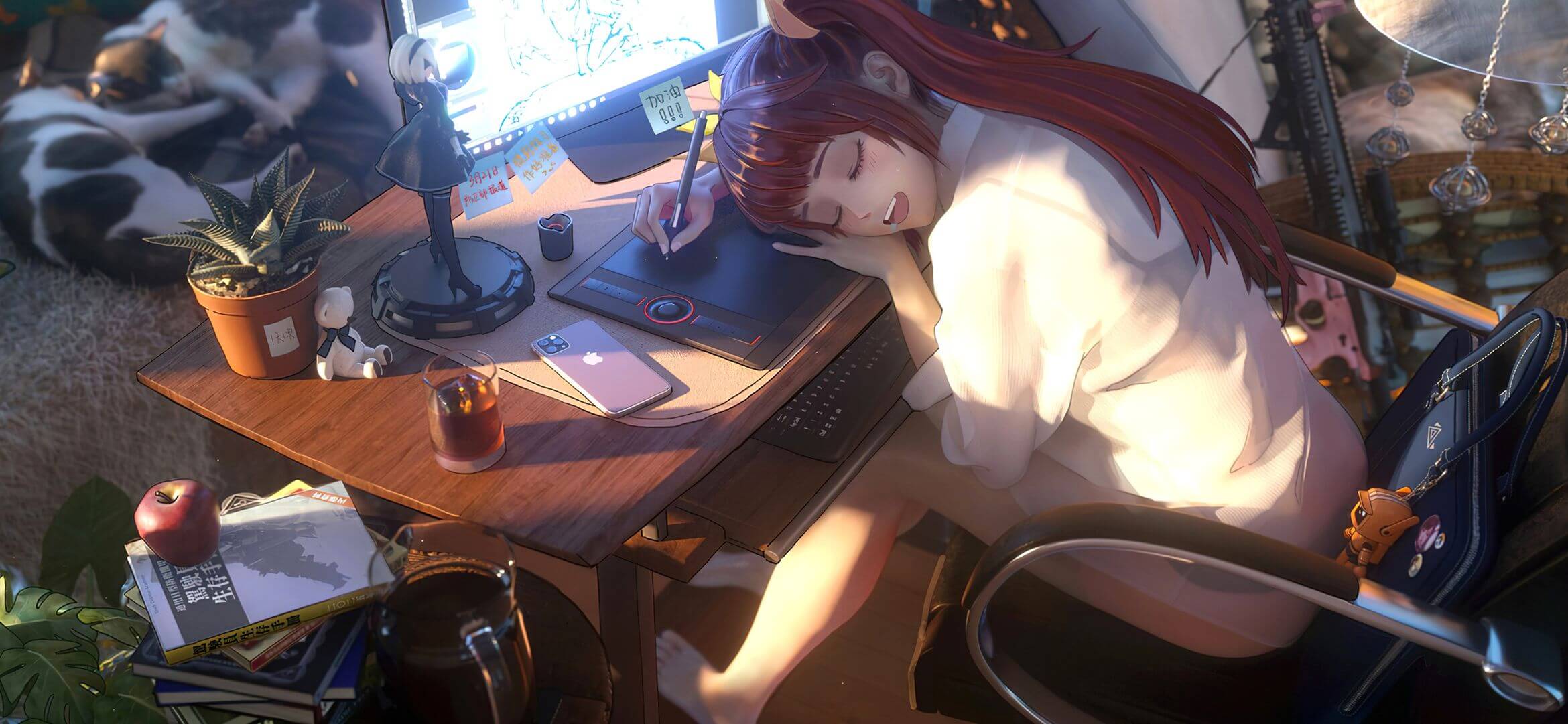一. 前言
Toolbar 是在 Android 5.0 开始推出的一个 Material Design 风格的导航控件 ,Google 非常推荐大家使用 Toolbar 来作为Android客户端的导航栏,以此来取代之前的 Actionbar 。与 Actionbar 相比,Toolbar 明显要灵活的多。它不像 Actionbar 一样,一定要固定在Activity的顶部,而是可以放到界面的任意位置。除此之外,在设计 Toolbar 的时候,Google也留给了开发者很多可定制修改的余地,这些可定制修改的属性在API文档中都有详细介绍,如:
- 设置导航栏图标;
- 设置App的logo;
- 支持设置标题和子标题;
- 支持添加一个或多个的自定义控件;
- 支持Action Menu;
二. 简单的使用
1
2
3
4
5
6
7
8
9
10
11
12
13
14
15
16
17
|
<?xml version="1.0" encoding="utf-8"?>
<RelativeLayout xmlns:android="http://schemas.android.com/apk/res/android"
xmlns:app="http://schemas.android.com/apk/res-auto"
xmlns:tools="http://schemas.android.com/tools"
android:layout_width="match_parent"
android:layout_height="match_parent"
tools:context=".MainActivity">
<androidx.appcompat.widget.Toolbar
android:id="@+id/tool_bar"
android:layout_width="match_parent"
android:layout_height="wrap_content"
android:background="#0099cc"
/>
</RelativeLayout>
|
1
2
3
4
5
6
7
8
9
10
11
12
13
14
15
16
17
18
19
20
21
22
23
24
25
26
27
28
29
30
31
32
33
34
35
36
37
38
39
40
41
42
43
44
45
46
47
48
49
50
51
52
53
54
55
56
57
58
59
60
61
62
63
64
65
| public class MainActivity extends AppCompatActivity {
@Override
protected void onCreate(Bundle savedInstanceState) {
super.onCreate(savedInstanceState);
setContentView(R.layout.activity_main);
Toolbar toolBar = findViewById(R.id.tool_bar);
toolBar.setTitle("首页");
setSupportActionBar(toolBar);
toolBar.setLogo(R.drawable.setting);
toolBar.setSubtitle("小首页");
getSupportActionBar().setDisplayHomeAsUpEnabled(true);
toolBar.setNavigationOnClickListener(new View.OnClickListener() {
@Override
public void onClick(View v) {
Toast.makeText(MainActivity.this, "back", Toast.LENGTH_SHORT).show();
}
});
}
@Override
public boolean onCreateOptionsMenu(Menu menu) {
getMenuInflater().inflate(R.menu.menu,menu);
return true;
}
@Override
public boolean onOptionsItemSelected(@NonNull MenuItem item) {
switch (item.getItemId()){
case R.id.action_refresh:
Toast.makeText(this, "Refresh", Toast.LENGTH_SHORT).show();
break;
case R.id.action_add:
Toast.makeText(this, "Add", Toast.LENGTH_SHORT).show();
break;
case R.id.action_setting:
Toast.makeText(this, "Setting", Toast.LENGTH_SHORT).show();
break;
default:
break;
}
return true;
}
}
|
1
2
3
4
5
6
7
8
9
10
11
12
13
14
15
16
17
18
19
20
21
22
23
24
25
26
27
28
29
30
31
32
33
34
35
36
37
38
39
40
41
42
43
|
<?xml version="1.0" encoding="utf-8"?>
<menu xmlns:android="http://schemas.android.com/apk/res/android"
xmlns:app="http://schemas.android.com/apk/res-auto">
<item
android:id="@+id/action_refresh"
android:icon="@drawable/refresh"
android:title="Refresh"
app:showAsAction="always"
/>
<item
android:id="@+id/action_add"
android:icon="@drawable/add"
android:title="Add"
app:showAsAction="ifRoom"
/>
<item
android:id="@+id/action_setting"
android:icon="@drawable/setting"
android:title="Setting"
app:showAsAction="never"
/>
</menu>
|

关于设置标题居中的问题:
Toolbar的父类是ViewGroup,我们常用的线性布局和相对布局的父类也是ViewGroup,所以Toolbar也同样可以添加子布局。
1
2
3
4
5
6
7
8
9
10
11
12
13
14
15
16
17
18
| <androidx.appcompat.widget.Toolbar
android:layout_width="match_parent"
android:layout_height="wrap_content"
android:background="@color/colorPrimaryDark"
app:navigationIcon="@mipmap/back"
app:popupTheme="@style/OverflowMenuStyle"
app:collapseIcon="@mipmap/back">
<TextView
android:layout_width="wrap_content"
android:layout_height="wrap_content"
android:textColor="@color/colorAccent"
android:text="标题"
android:layout_gravity="center"
android:textSize="20sp"/>
</androidx.appcompat.widget.Toolbar>
|
参考文章
Toolbar基本使用
Android开发:最详细的 Toolbar 开发实践总结
Android ActionBar和ToolBar的使用
Android 沉浸式风格(为毛叫沉浸式这么唬人)








